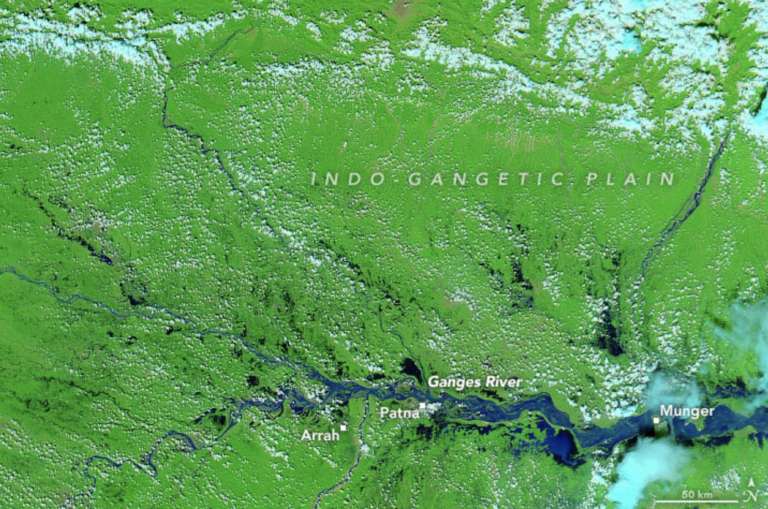India has experienced a record monsoon season with the highest amount of rain falling in more than 25 years.
According to the India Meteorological Department, this year’s monsoon is also likely to be its longest in recorded history with the rains not expected to ease up until at least October 10. Usually the rains retreat by early September.
The prolonged monsoon rains, which were 10% above average, will be a boon for farmers planting winter-sown crops such as wheat, rice, rapeseed and chickpeas. They could also help restock reservoirs and assuage water shortages in the country.
But heavy rainfall has already damaged summer-sown crops like cotton, soybean and pulses in a country where more than half the population is employed in agriculture.
Experts are attributing the record monsoon to the impact of climate change. The most recent report from the Intergovernmental Panel on Climate Change (IPCC) noted the effect climate change will have on monsoon seasons, which are “likely to intensify while becoming less predictable”.
The report, which was released in September at the UN Climate Summit in New York, also noted the impact climate change is already having in “increasing the year-to-year variability of the monsoon strength and the associated extremes of rainfall”.
India’s monsoon season generally runs from June to September, when winds from the south-west carry moisture from the Indian Ocean, Arabian Sea and Bay of Bengal and deposit it as rain over the land. The monsoons end when the wind shifts to blow in the opposite director between October and December.
But experts say that climate change is disturbing this pattern. This year, for example, the monsoon arrived late and heavy with intense rainfall in late September leading to localized flooding in some parts of the country. The problem was exacerbated by an abnormally warm late summer in the northern hemisphere, meaning the monsoon rains lingered longer than usual.



